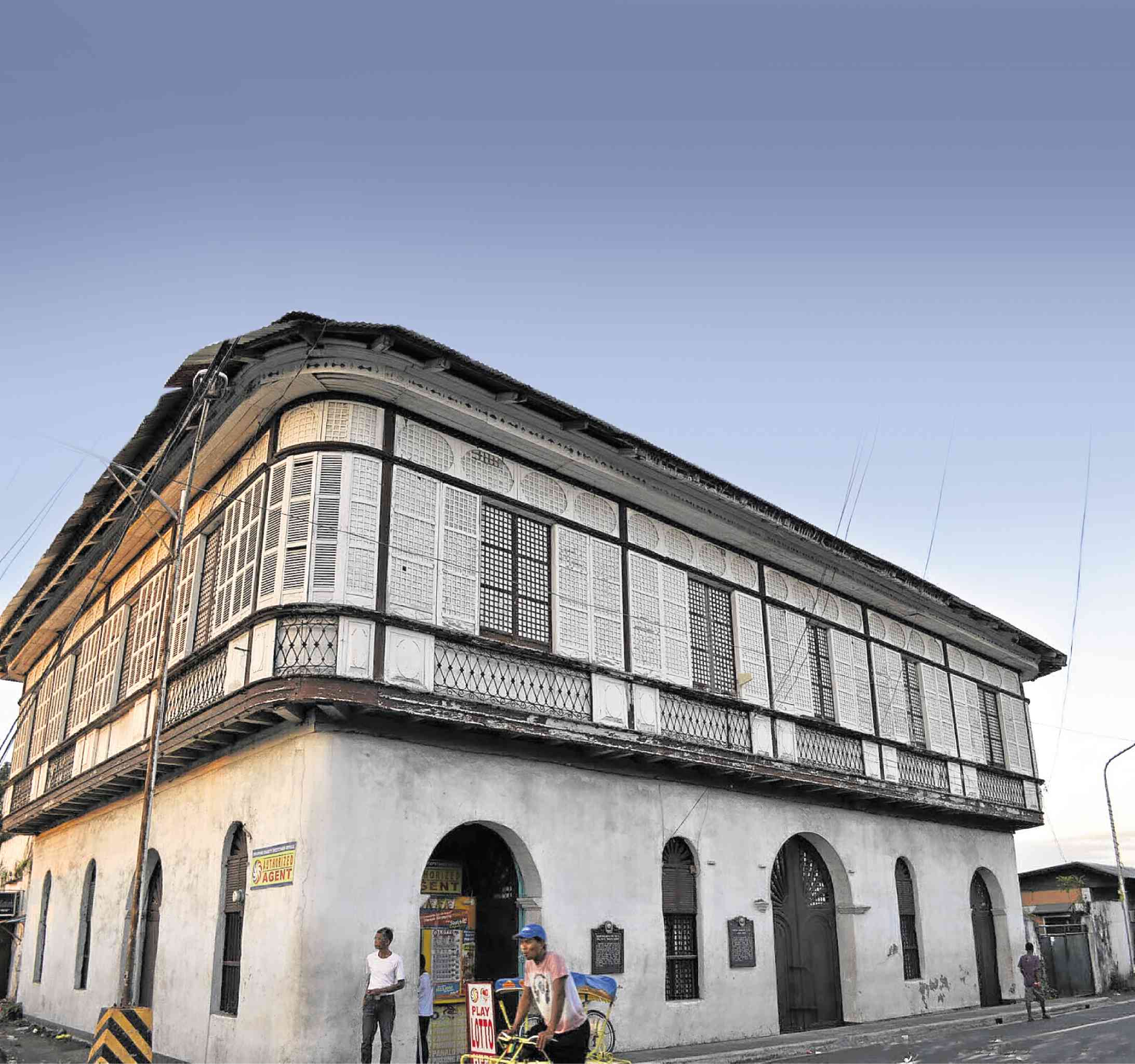How Gabaldon paved way for effective learning
In 2015, the Department of Education identified 1,446 existing Gabaldon heritage school buildings across the country.
This then prompted a number of Senate bills calling for the conservation and preservation of these structures, as it was imperative for us to maintain a cultural link to our past.
And just last Jan. 18, President Duterte signed Republic Act No. 11194 otherwise known as the Gabaldon School Buildings Conservation Act. The said law gives direct mandate to specific government agencies, the DepEd included, to implement a program for the identification and conservation of all Gabaldon school buildings nationwide.
Need for a facility
More than the civic buildings patterned after the neo-classical style lining up a manicured and linear boulevard, the Americans introduced mass education in the Philippines.
As the 1,074 American teachers called Thomasites arrived on our shores to set up public schools in different regions, a proper facility has to be built.
In 1909, an assemblyman named Isauro Gabaldon from Nueva Ecija authored Act 1914, popularly known as the Gabaldon Act on School Buildings. This appropriated P1 million to fund the construction of some 3,000 school buildings nationwide, which would then be known as Gabaldon schoolhouses or simply, Gabaldons.
William Parsons, the same architect responsible for the Philippine General Hospital and the Baguio Mansion House, was then tasked to standardize a design and prepare the blueprints for this public school.
Designed for the tropics
The Gabaldons are tropical architecture principles built as a structure. Specific characteristics of the bahay kubo and bahay na bato are evident in the 7×9-m building that Parsons designed.
Similar to the two prominent Filipino houses, the Gabaldons are elevated at 1.2 m from the ground supported with either wooden or concrete posts. This was done not only to isolate the living space from the thermal heat of the ground, but also to avoid flooding in the interiors.
The flooring material is usually made of wood done in tongue and groove, timber-framed construction. Small gaps in between the wood planks allow better air circulation for the interiors. The roof is made of lightweight nipa or galvanized iron with deep overhangs for sun shade and rain protection.
Large swing-out capiz shell inlay windows run along the stretch of the single-loaded open corridor. Ventanillas or transom windows were then used to ensure that cross ventilation is achieved and natural lighting reaches the inside.
Types of buildings
Gabaldon buildings signified how Filipinos valued education as an important aspect in growth and development.
Years after, the country saw different types of school buildings being constructed which significantly drew inspiration from the planning of Gabaldons.
An army-type building is an assemblage of two rooms per unit constructed by the army in areas affected by typhoons. It was first constructed in 1950 with GI sheets roofing and wooden jalousie windows. The first prefabricated school building started in 1957. Called the Magsaysay type, it was predominantly timber-framed with adobe walls and corrugated asbestos roof.
The 7.5×6-m Marcos-type building followed in the late ’60s with light steel frame, concrete hollow block walls and concrete flooring. This time, it featured a steel door.
Although a fewer number was constructed, FVR (Fabricated Vigorous Room) 2000 Building is a demountable type of school building made of structural members, fiber cement board for walls and PVC corrugated sheets for roofings.
In 2016, the DepEd and the Department of Public Works and Highways released a design for calamity-resilient school buildings following the call for more resilient structures after Supertyphoon “Yolanda.” It noted above average specifications for structural components with J-bolt securing the roof.
More than a public building
It was not until the construction of the Gabaldons that our formal education system reached the most remote areas of the country. It symbolized the first foundation of the Philippine public school system, where every Filipino was given the opportunity to have access to proper education.
It is high time that our national government give due importance not only to Gabaldon heritage schools, moreover to other heritage structures in danger of demolition primarily due to urbanization. These buildings serve as an important reminder of our country’s unique identity, history and rich culture.
These schoolhouses can also be used to ease classroom shortage or congestion especially in the provinces, where many of such remain standing.
To quote Senator Legarda: “As we teach the Filipino youth our nation’s culture and history, we should also inculcate in them respect for things that form part of our heritage.”
Picturing a Gabaldon, one would definitely be reminded of the features of a house.
But Parsons may really have designed it that way. It does not intimidate, it is humble and functional all throughout. National-funded school buildings have been patterned after this and these schoolhouses became a significant part of the lives of the majority of Filipino students. Truly, this became and was their second home.
References: 2010 Education Facilities Manual, DepEd commons.wikimedia.org; deped.gov.ph; gabaldon.ivanhenares.com; teacherph.com

